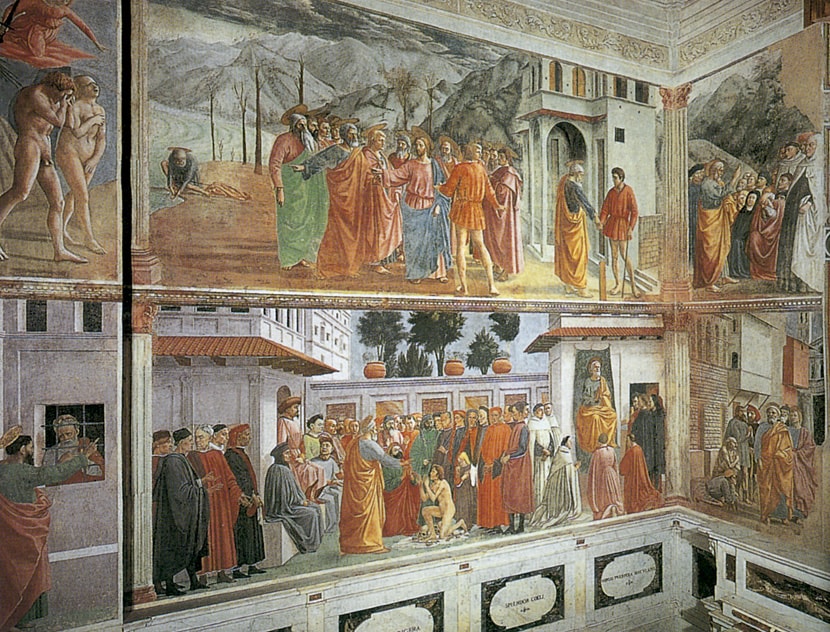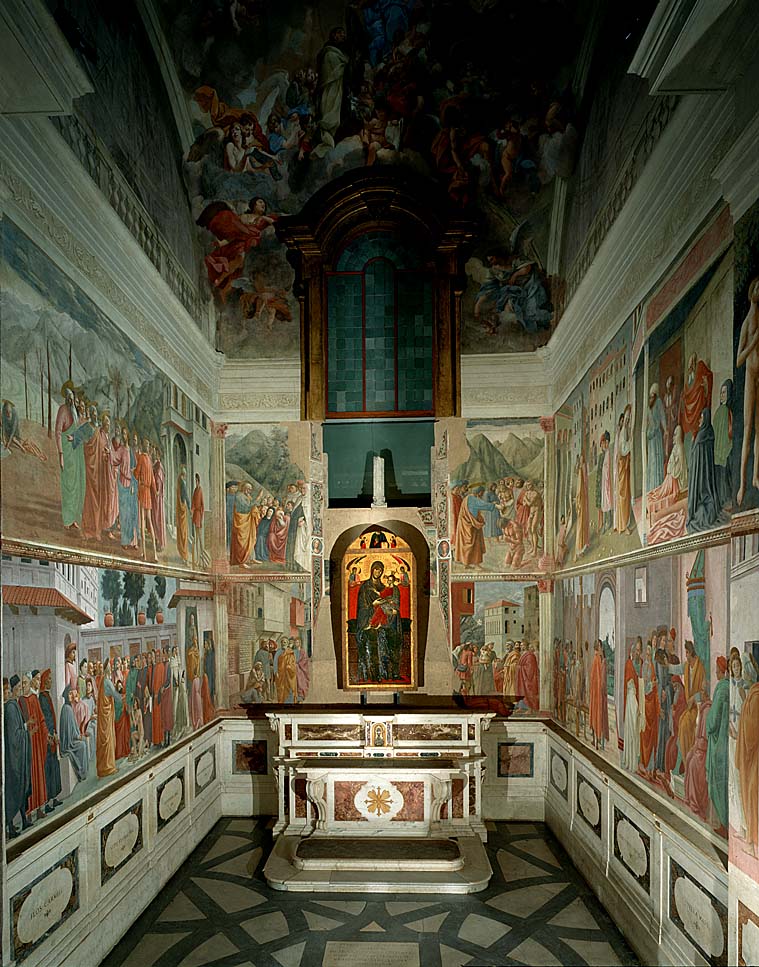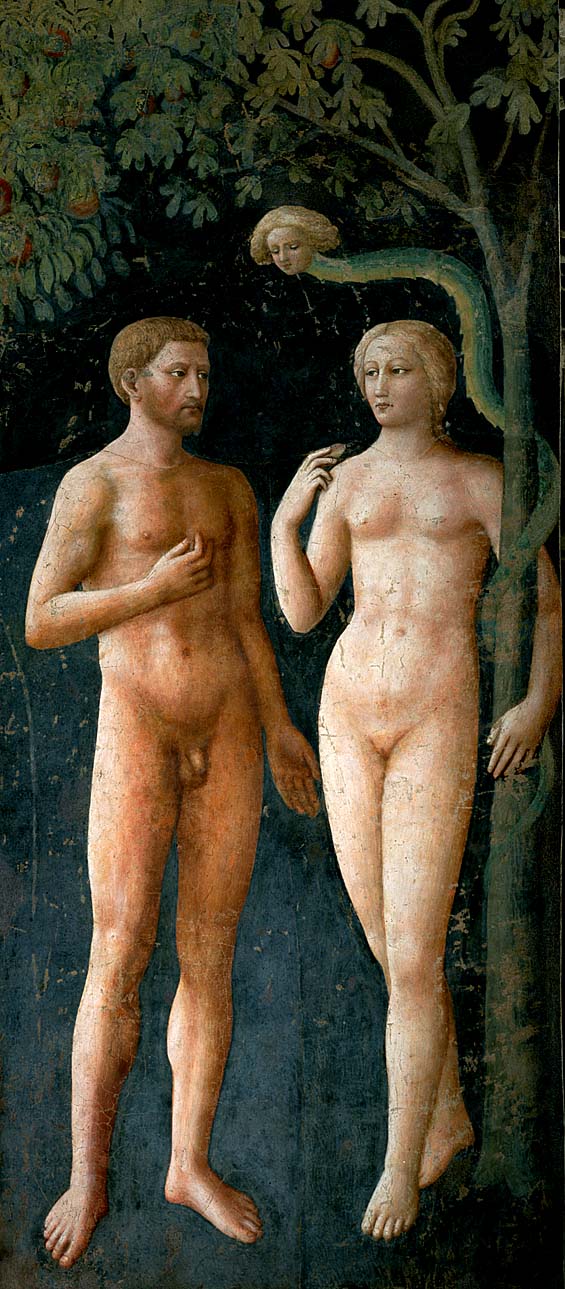The Brancacci Chapel: a hidden treasure of art and history in Florence

Have you ever found yourself wandering the fascinating streets of Florence, wondering what artistic treasures might be hidden around every corner? Indeed, there is a place in Florence so extraordinary that Jean-Auguste-Dominique Ingres, the painter of the famous Great Odalisque, called it the ‘true cradle of painting’. I am referring to the Brancacci Chapel, a masterpiece located inside the Church of Santa Maria del Carmine.
The Brancacci Chapel: a hidden treasure of art and history in Florence

With a fascinating history ranging from art to political power, the Brancacci Chapel represents the quintessence of the Renaissance, housing works by masters such as Masaccio, Masolino da Panicale and Filippino Lippi. Let us discover together how this chapel became a priceless jewel of art history.
HISTORY OF THE BRANCACCI CHAPEL
With a history dating back to the second half of the 14th century, the Brancacci Chapel was originally under the guardianship of the well-known Brancacci family, who retained control until 1780, when it passed to the Riccardi family.
The fame of this chapel is strongly linked to the series of extraordinary frescoes commissioned by Felice Brancacci, an important member of Florentine society and ambassador to Cairo. These majestic works, which tell stories about St. Peter and episodes from Genesis, were commissioned from the artists Masaccio and Masolino da Panicale and later completed by Filippino Lippi.
Felice Brancacci was not only a wealthy patron of the arts, but also a prominent political figure with numerous public offices and connections to other influential families, such as the Strozzi. Scholars believe that on his return from a diplomatic assignment in 1423, Brancacci commissioned the frescoes to decorate the chapel.
CONSERVATION AND RESTORATION VICISSITUDES OF THE BRANCACCI CHAPEL
The Chapel has gone through a rather turbulent history.
Felice Brancacci was exiled in 1435 and declared hostile to the city of Florence in 1458, prompting a radical reformulation of the sanctuary.
The chapel, which was dedicated to St Peter, was dedicated to the Madonna del Popolo and all references to the Brancacci family were removed. Subsequently, many other changes were made to the structure, from carved and gilded wooden frames in 1670, to further interventions in marble in 1674.
The 1680s marked a critical moment when Marquis Francesco Ferroni planned to remove the frescoes in order to modernise the Chapel, but was stopped by Grand Duchess Vittoria della Rovere. Thanks to further restoration carried out in the 20th century by Ugo Procacci, the frescoes were not only cleaned but also studied in detail, making attributions clearer and recovering clues to the original colour.
ART AND VISION IN THE BRANCACCI CHAPEL
The frescoes in the Chapel depict episodes from the life of St. Peter and two moments from Genesis, weaving the two narratives into a single theme of redemption and faith.
The collaboration between Masaccio and Masolino is particularly interesting as the two artists worked with an extraordinary unity of perspective.
Each scene has its own vanishing point, creating a striking effect of spatial coherence. This unity also manifests itself through the details and light in each fresco, taking the visitor directly into the stories depicted.
Although Masaccio died at only 27 years of age, he was a pillar in Renaissance painting, and his influence extended to many later artists, including Michelangelo and Leonardo da Vinci. The Brancacci Chapel was therefore a workshop where generations of artists could study and learn.

The Brancacci Chapel is a precious casket of art and history, a monument of the Florentine Renaissance that has stood the test of time. Every visit to Florence should include a stop at this exceptional place, an authentic hidden treasure that offers unforgettable moments of awe and admiration.
Follow me on:
About me
In this blog, I don't explain the history of art — I tell the stories that art itself tells.


